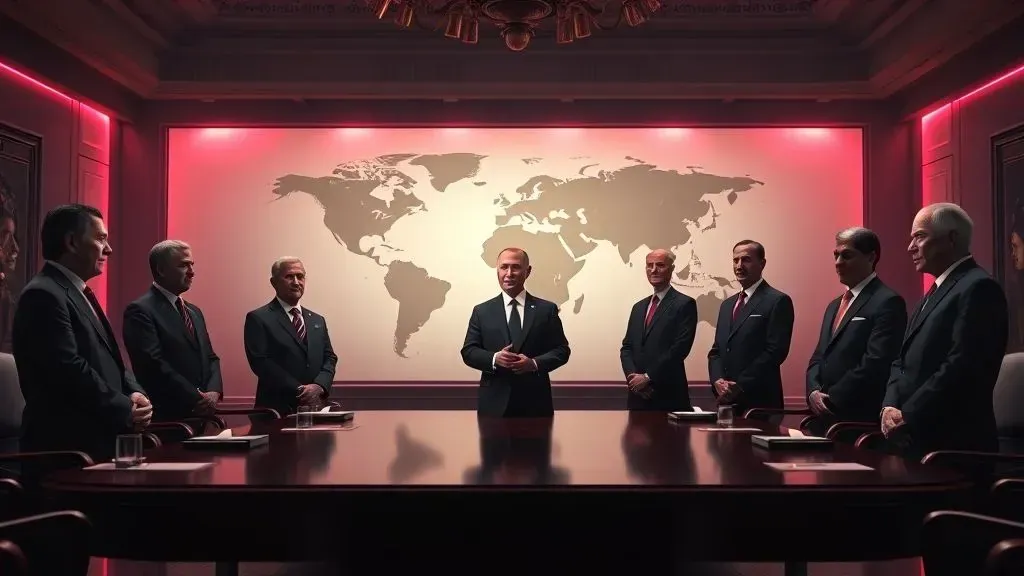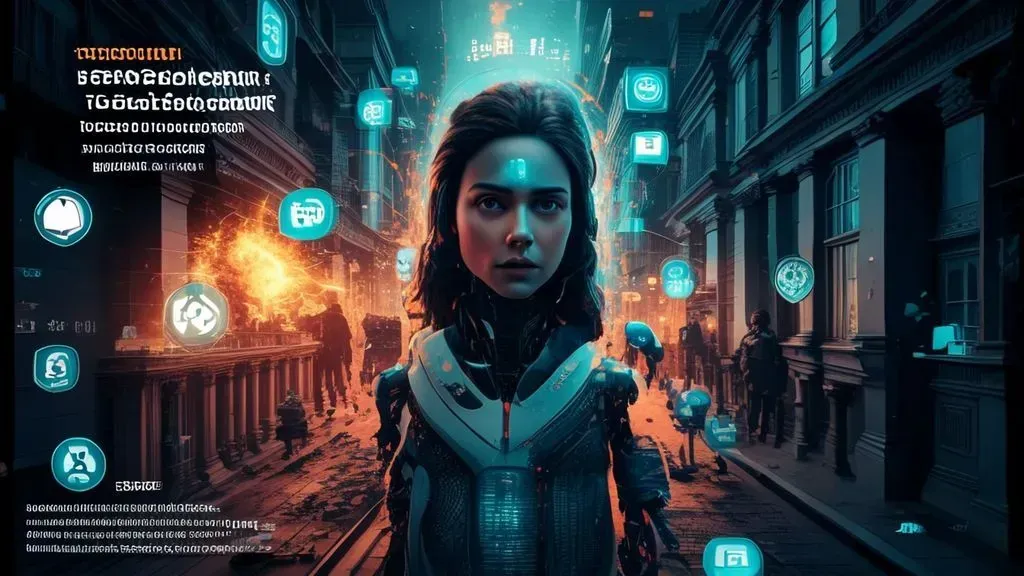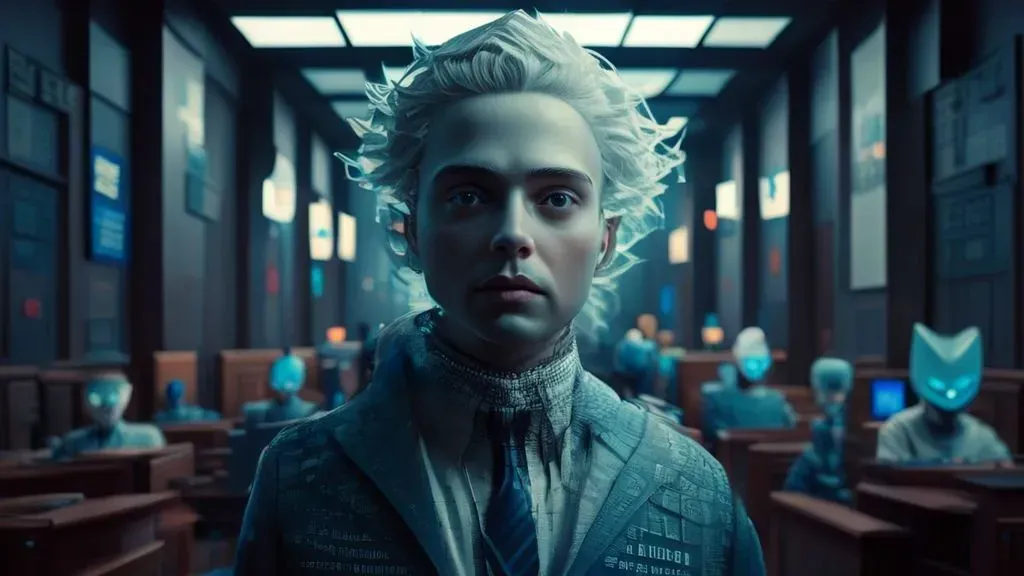
Vladimir Putin’s interactions with US presidents reveal a pattern of shifting diplomacy, from warmth to tension, impacting international stability and emerging digital economies.
Putin’s Early Meetings with US Presidents
Putin's initial engagement with US leaders occurred during Clinton’s administration, marked by diplomacy and cooperation. In June 2000, Putin hosted President Clinton in Moscow, highlighting arms control and Russian-US partnership. Clinton praised Russia’s progress, noting, “President Yeltsin led Russia to freedom. Under President Putin, Russia has the chance to build prosperity and strength.”
Despite warmth early on, tensions soon emerged over issues like Chechnya and NATO expansion, foreshadowing future frictions in diplomatic ties.
Shift to Frostier Relations with Obama and Biden
Meetings with Barack Obama and Joe Biden grew increasingly tense amid deteriorating bilateral relations. Most interactions involved threats, mistrust, and strategic competition, influencing global stability and the digital economy's future.
As bilateral ties worsened, cooperation gave way to frictions impacting global markets, including emerging Web3 projects.
#The Significance for Web3 and Global Digital Economy
Decades of diplomatic shifts impact international regulations governing blockchain and cryptocurrencies. Confidence in cross-border transactions depends on stable US-Russia relations, especially as geopolitical tensions influence digital asset regulation.
The history of these meetings underscores the importance of diplomatic stability for fostering innovation within the Web3 ecosystem.
#Conclusion
As Putin prepares for upcoming summits with the US, understanding past interactions offers insight into future diplomatic trajectories. These relationships shape not only geopolitics but also the regulatory environment for digital assets in the Web3 space.



